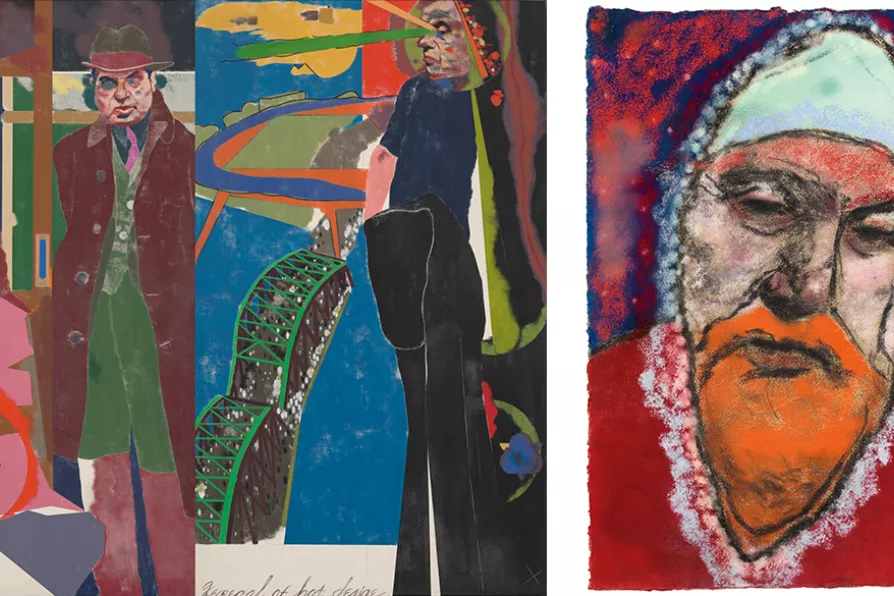RICHARD MURGATROYD enjoys a readable account of the life and meditations of one of the few Roman emperors with a good reputation

 (L) Synchromy with F.B. - General of hot desire (1968-69); (R) Besht Imaginary Portrait of The Baal Shem Tov (1987)
[R B Kitaj/Courtesy of Piano Nobile]
(L) Synchromy with F.B. - General of hot desire (1968-69); (R) Besht Imaginary Portrait of The Baal Shem Tov (1987)
[R B Kitaj/Courtesy of Piano Nobile]
R B Kitaj
Piano Nobile, London
AN outsider, who would forever define himself as such, R B Kitaj was born in 1932 in Cleveland, Ohio as Ronald Brooks. The following year his Hungarian father left his Jewish-American mother Jean, and she reared her child alone while working as a secretary and as a school teacher.
In 1941 she married Dr Walter Kitaj, a Viennese Jew and her son adopted his stepfather’s surname. The family moved to Troy, upstate New York in 1942 and by 1950 the young Kitaj escaped small-town life to become a sailor on cargo ships until 1954, during which time he read avidly.
Thus began what would remain an enduring and restless quest for adventure, learning and travel, all the while drawing and reading avidly.

NICK MATTHEWS previews a landmark book launch taking place in Leicester next weekend













